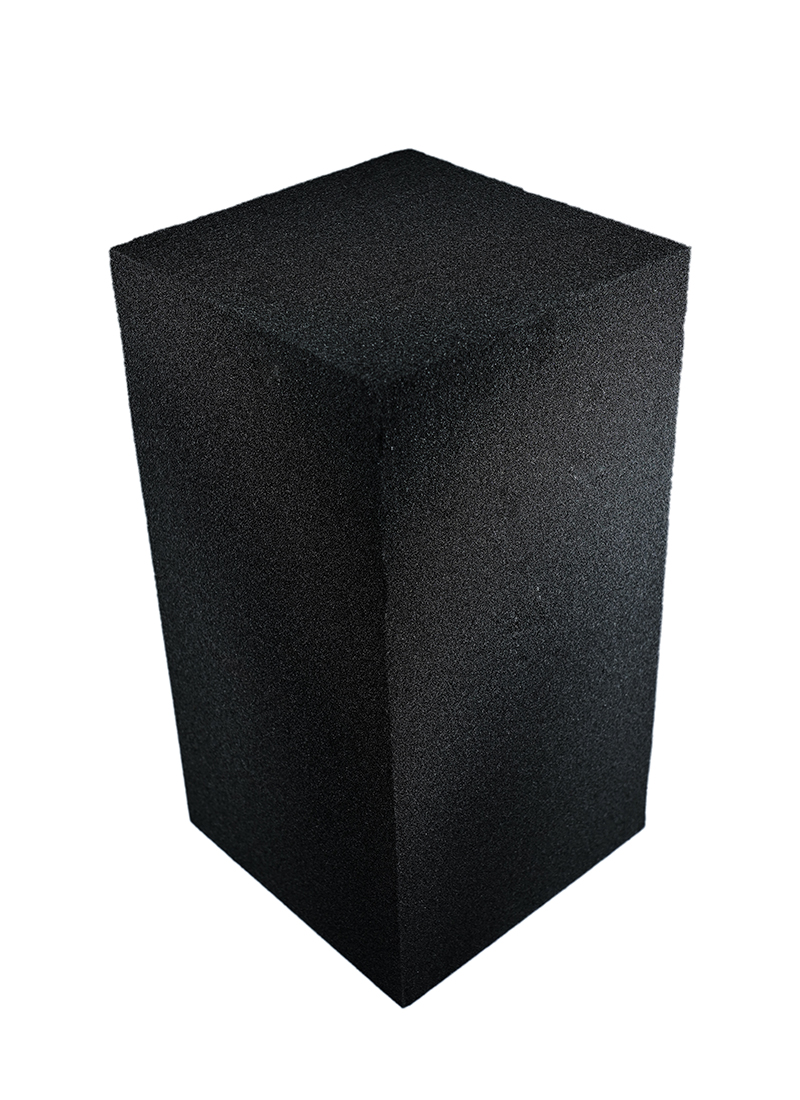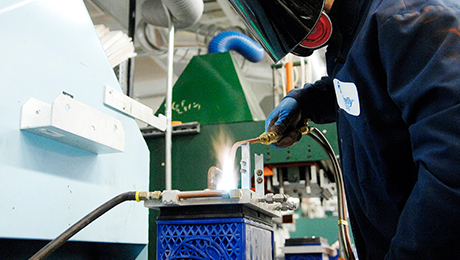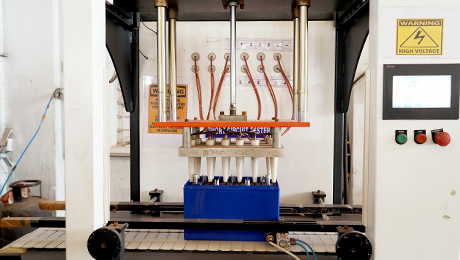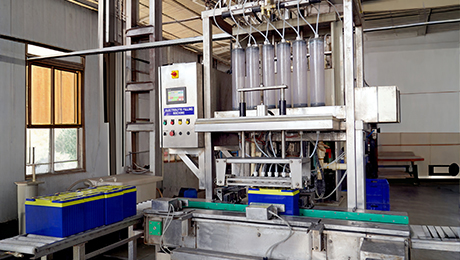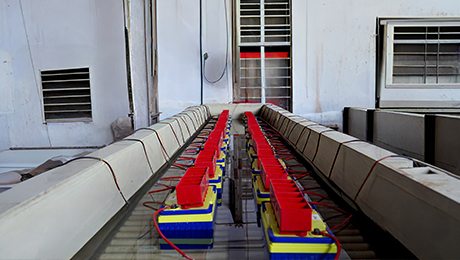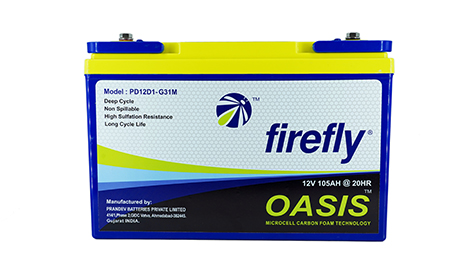Reticulated Vitreous Carbon (RVC) Foam
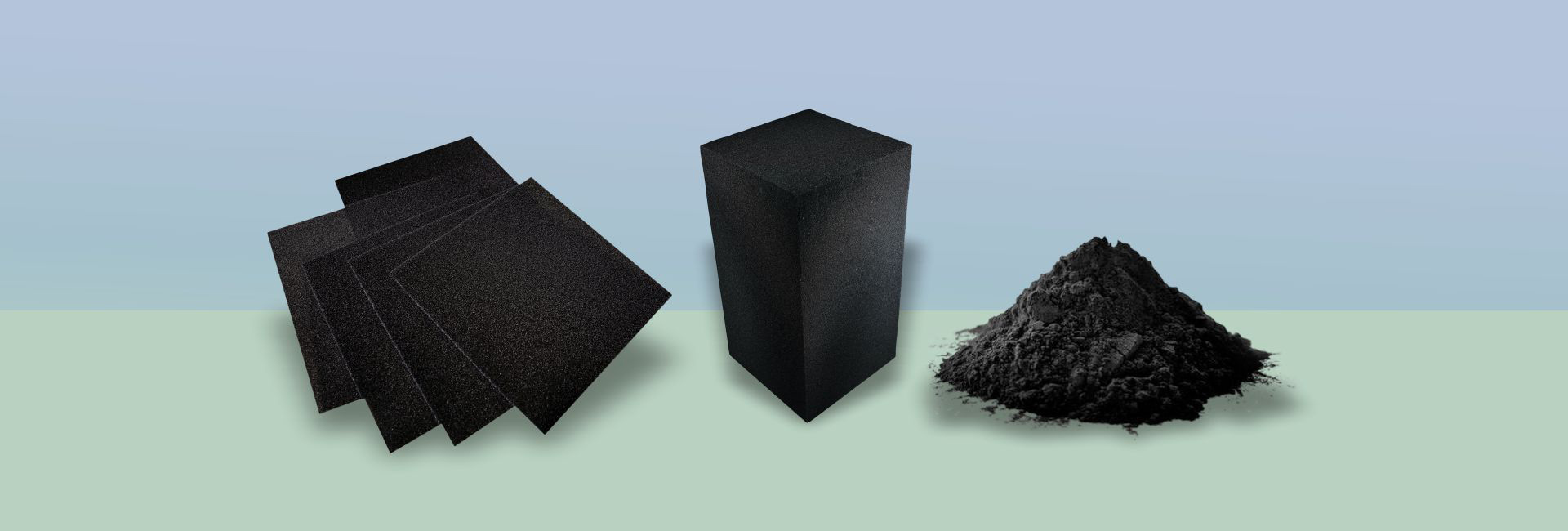
What Is RVC Foam?
Reticulated Vitreous Carbon (RVC), also known as carbon foam, is a three-dimensional glassy carbon material with a unique, open-cell skeletal structure. It features ultrahigh internal porosity—typically97% void volume—and a rigid, reticulated network of ligaments. This open-cell structure offers superior permeability, conductivity, and stability, making it a go-to solution for industries that demand high performance under pressure. From aerospace insulation to energy storage, this material is designed to exceed expectations.
Advantages & Features
- High surface area + open pore structure enables efficient fluid/gas flow, excellent for filtration and catalysis.
- Chemical inertness: Glassy carbon resists acids, bases, solvents—even at elevated temperatures.
- Thermal robustness: Stable up to ~600 °C in air, ~3000 °C in inert atmospheres.
- Electrical conductivity makes RVC ideal for electrochemical applications like electrodes, super-capacitors, and fuel cells.
- Machinability and formability: Available in panels, rods, tubes; shapeable for custom tooling and sandwich panel cores.
Common Applications
Electrochemical & Energy Storage
Battery and super-capacitor electrodes, fuel cell supports—leveraging RVC’s high surface area and conductivity.
Filtration & Catalyst Substrates
Used in high-temperature gas filtration, molten metal filtration, and as catalytic carriers in harsh environments.
Thermal Management & Insulation
Found in aerospace insulation, thermal shock shields, furnace tooling, and cryogenic panels.
Structural Lightweight Components
Sandwich panel cores and composite tooling enjoy RVC’s stiffness-to-weight efficiency.
Defence& Stealth Technologies
Employed in radar-absorbing panels, blast-mitigation composites, and ablation surfaces.
Why Choose RVC Foam?
- Ultra-lightweight yet sturdy, with customisable mechanical properties
- Dual thermal and electrical performance
- Robust chemical resistance and thermal shock tolerance
- Customisable pore size and shapes—ideal for bespoke engineering needs

